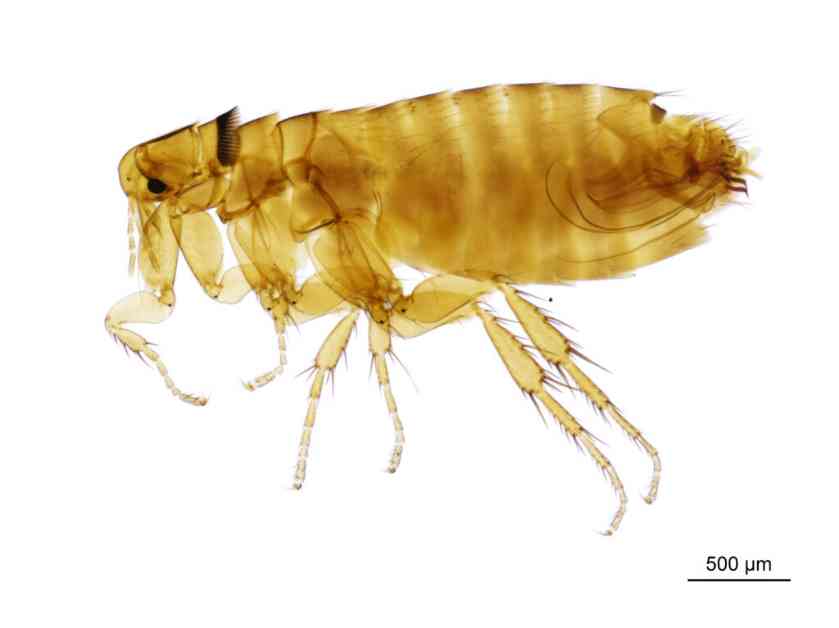The threat of flea-borne typhus has been making a resurgence in Texas, causing concern among health professionals and residents alike. While the disease itself is rarely fatal in the United States, with a mortality rate of less than 2%, it can lead to severe complications and long-term health issues, according to Dr. Gregory Anstead, a prominent figure in the field of infectious diseases. Anstead, a professor at UT Health Science Center in San Antonio and a physician at Audie Murphy VA hospital, has witnessed firsthand the devastating effects of this illness.
Anstead recounts a harrowing case involving a 16-year-old girl in San Antonio who contracted flea-borne typhus and went into septic shock, ultimately losing parts of three limbs as a result. This poignant example underscores the seriousness of the disease and the need for vigilance in prevention and treatment. Anstead explains that the transmission of flea-borne typhus can occur through a simple flea bite or through contact with flea feces, highlighting the importance of maintaining proper hygiene and pet care practices.
The increase in cases of flea-borne typhus in Texas in recent years has raised alarm bells among public health officials and researchers. Anstead’s research, published in the journal Pathogens, reveals a concerning trend: a 12-fold rise in reported cases from the 1990s to 2010-2019, with numbers climbing from 307 to 3,750. This spike in infections can be attributed to various factors, including population growth, climate change, and urbanization.
One of the key drivers of the uptick in flea-borne typhus cases is the rapid expansion of urban areas and the influx of pet owners into regions previously unaffected by the disease. Anstead notes that warmer temperatures, a result of climate change and the urban heat island effect, create ideal breeding conditions for fleas and accelerate the growth of the bacteria responsible for typhus transmission. As a result, areas that were once considered low-risk for the disease, such as Bexar, Travis, Harris, Dallas, and Tarrant counties, are now experiencing a surge in cases.
In the absence of a vaccine for flea-borne typhus, prevention remains the best defense against the disease. Anstead emphasizes the importance of year-long protection for pets, as they serve as common hosts for fleas and can inadvertently expose humans to the disease. Additionally, he advocates for the implementation of trap, neuter, release programs for stray animals and targeted insecticide spraying in areas with high flea populations to curb the spread of the disease.
As the threat of flea-borne typhus continues to loom large in Texas, it is crucial for residents to stay informed and take proactive measures to protect themselves and their furry companions. By heeding the advice of experts like Dr. Anstead and adopting preventive strategies, individuals can help mitigate the risk of contracting this potentially debilitating illness. In the battle against flea-borne typhus, knowledge and vigilance are our most potent weapons.















